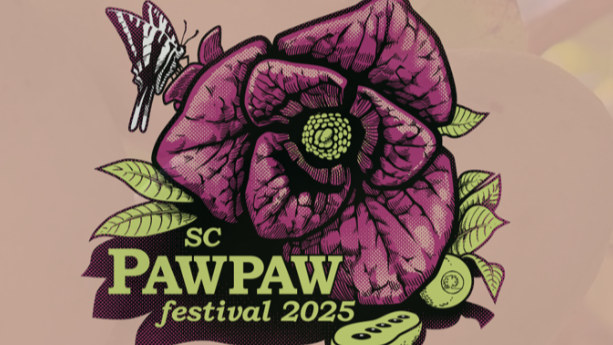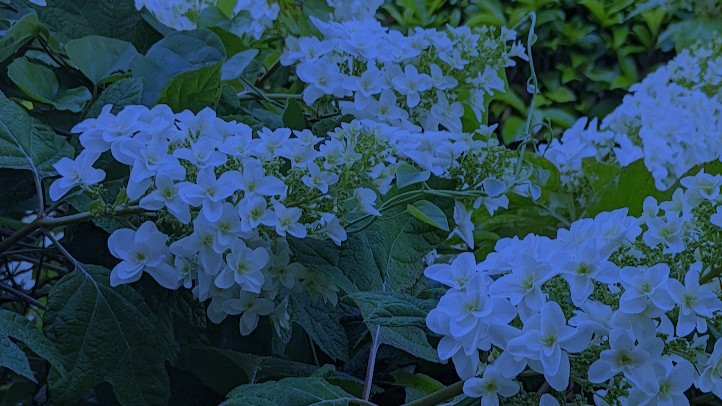Author: Bill Stringer
In the first installment, I revealed my assay into running as a way to get more exercise and thinking time. As I began to run a little faster and farther, I recognized the value of external, trail-side distractions in helping me to “make it back home”. Being a plant guy, I started noticing the natural world along the route. Interesting plants and bird songs, or even the bird him- or herself, became my great friends and allies in the struggle (I was not a natural runner).
My job commonly involved a lot of long-distance solo travel, and I found the positive impacts of trailside nature to be portable into behind-the-wheel time. Lo and behold, there were native plants along the interstate highways! Of course, I had to learn the survival value of peripheral vision to driving on the “super-slabs” (old biker talk) to Florence or Charleston. This eased the boring agony of long-distance travel.
Along the way, I found my research interests evolving into the natural world along trails and roads. Then in 1990, I was looking for ways to stimulate student engagement in my course in Forage Plant Management. I hit upon the idea of posing this question on opening day: “If you were here in South Carolina in 1491, what would you be grazing your cattle and horses on?” The answer was obviously Native Grasslands. Why? Because up to that point, there had been no introduction of plant species from abroad, so there were only native plants that had evolved here over the previous thousands of years.
So, I quickly surveyed roadsides and open areas for native grasses in preparation to provide an answer. This turned into a pivotal experience for me, as I discovered that, unnoticed by me, there were dozens of native grass and wildflower species persisting, in spite of 500+ years of use (and misuse) of the landscape by the Old World immigrants. And damn!, most of these natives were beautiful!
So, in 1996, when my then long-haired, soon-to-be-friend Rick Huffman came along with an invitation to help him birth a South Carolina Native Plant Society (SCNPS), I signed on. Rick had trained with Darrel Morrison, a world-class landscape architecture professor at UGA, where he was steeped in the esthetic and ecological values of native plants. Mother Nature/Father Time/God had spent many millennia crafting native species and communities in place. SCNPS posited that to abandon this beautifully crafted gift in favor of non-native plants from abroad seemed poorly thought out, and, well, unseemly.
SCNPS began to offer monthly speaker meetings with native plant experts, and equally important, hiking field trips into the surrounding National Forests, Natural Heritage Preserves, the Clemson Forest, country roadsides, and utility rights-of-way (ROWs). We saw native plants in the context of their natural habitat. In response to these offerings, SCNPS membership grew steadily, and it evolved into a statewide organization with five local chapters statewide. We found that many of our new members were wannabe- and expert bird watchers.
 Then, in 2009, entomologist Doug Tallamy came out with Bringing Nature Home, in which he described the positive relationships between native plants and insect reproduction, and between insect reproduction and songbird reproduction. The 25-cent version? Native plants host many native moths, butterflies and other insects, and insect larvae are the main food source for songbird nestlings. This helped to point out the impact of land development and non-native landscaping on declining songbird populations. This book has stimulated huge interest in native plants and landscaping.
Then, in 2009, entomologist Doug Tallamy came out with Bringing Nature Home, in which he described the positive relationships between native plants and insect reproduction, and between insect reproduction and songbird reproduction. The 25-cent version? Native plants host many native moths, butterflies and other insects, and insect larvae are the main food source for songbird nestlings. This helped to point out the impact of land development and non-native landscaping on declining songbird populations. This book has stimulated huge interest in native plants and landscaping.
So, next time we will investigate gardening with an eye towards people AND native plants and their native wildlife clientele.
First printed in Pace Magazine



